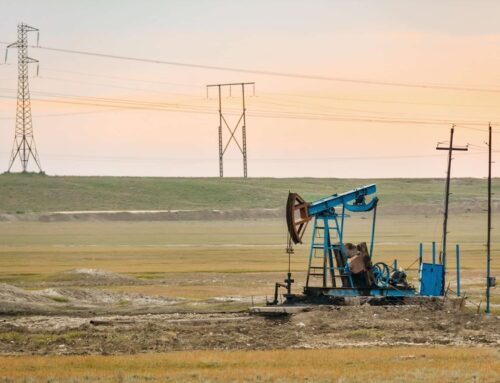(Washington, DC) – Federal and Nevada taxpayers lost $34 million in revenue over the last decade thanks to outdated rules for oil and gas drilling, says a new report. The current system has allowed hundreds of thousands of acres of federal land in Nevada to be locked into non-producing leasing, preventing other potential uses and limiting returns to the public. In Nevada, only 72 oil and gas leases have entered production since 1953. Currently, more than 95% of acres leased for oil and gas production remain nonproducing, according to the report’s author Taxpayers for Common Sense, a national nonpartisan budget watchdog.
“The Bureau of Land Management, under the Department of the Interior (DOI), is responsible for managing the development of these resources and is charged with ensuring taxpayers receive a fair return for their development. However, federal policies fail to accomplish this and instead leave taxpayers with billions of dollars in fiscal and environmental liabilities from irresponsible development,” says the report, Gaming the System II: Oil & Gas Leasing in Nevada is Trouble for Taxpayers.
The findings coincide with the Department of the Interior’s Bureau of Land Management proposed rule to codify fiscal reforms to the onshore oil and gas leasing system as well as other changes to the fees, rents, royalties, and bonding requirements related to oil and gas leasing, development, and production. Outdated rental and royalty rate cost taxpayers $34 million in forgone revenues from FY2013-FY2022.
While the federal royalty rate was recently raised from 12.5% to 16.7%, it still lags behind what producers pay for oil and gas development in federal waters, 18.75%, and on state lands. If the current royalty rate of 16.7% had been implemented earlier, taxpayers would have received an additional $6.3 million in revenue over the last decade. If a royalty rate of 18.75% had been applied, taxpayers would have received an additional $9.5 million in revenue from FY2013-FY2022.
“Recent reforms have helped bring fiscal policies more in line with market rates. The Department of the Interior must enact its recently proposed reforms to ensure federal oil and gas resources are managed in a way that brings the greatest value to the American taxpayer and protects us all from future liabilities,” said Autumn Hanna, vice president of Taxpayers for Common Sense.
At the end of FY2022, the Bureau of Land Management reported that oil and gas operators had leased 626,000 acres of federal land in the state of Nevada, and only 4.7% of which – 29,000 acres – are currently producing. The percentage of producing acreage in Nevada is far below the national average of 52%. Of states with active federal oil and gas production, Nevada had the highest percentage of non-producing acres on federal land in the lower 48 states.
For decades, vast acres of land were leased noncompetitively in Nevada – entities leasing the land did not even have to pay the $2 per acre minimum bid to hold public land for a primary term of 10 years. Out of the 2,467 leases encompassing 6.2 million acres that were obtained through noncompetitive means in Nevada since 2000, none of them have ever entered production. These 6.2 million acres that have remained untapped and inactive represent over 60% of all federal lands leased in Nevada since 2000. Although recent reforms brought an end to noncompetitive leasing, the vast majority of federal lands in Nevada remain available to oil and gas leasing, meaning that more acres with little to no potential for oil and gas development may get locked out of other valuable uses like other energy development, conservation, recreation, etc.
“Federal taxpayers in Nevada and across the country deserve a fair return from the valuable mineral resources we all own,” concluded Hanna.
# # #










